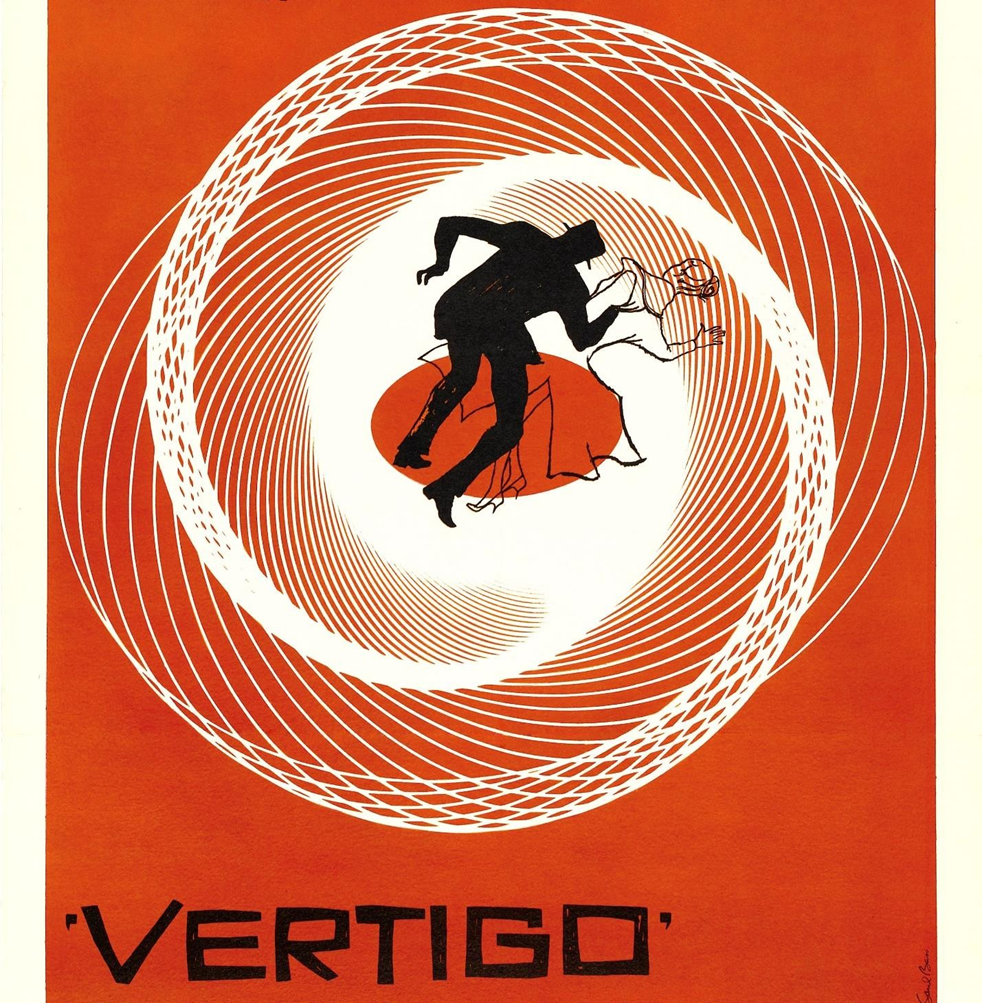The nurse is educating a client on different areas of the brain. The nurse recognizes that which of the following statements concerning areas of the brain is correct?
The basal ganglia are responsible for controlling voluntary movement
Motor pathways of the spinal cord and brainstem synapse in the thalamus
The cerebellum is the center for speech and emotions
The hypothalamus controls body temperature and regulates sleep
The Correct Answer is D
A. The basal ganglia are involved in motor control and learning but not specifically in controlling voluntary movement.
B. Motor pathways do not directly synapse in the thalamus; the thalamus serves as a relay station for sensory information.
C. The cerebellum is primarily involved in coordination, balance, and muscle control, not in speech and emotions.
D. The hypothalamus plays a crucial role in regulating body temperature, controlling hunger, thirst, fatigue, and regulating sleep cycles.
Nursing Test Bank
Naxlex Comprehensive Predictor Exams
Related Questions
Correct Answer is D
Explanation
A. While prostate cancer risk increases with age, it's not rare for a 60-year-old man to have prostate cancer. This response might provide false reassurance.
B. Chemotherapy is not typically the primary treatment for benign prostatic hypertrophy (BPH) and doesn’t relate to the concerns raised by the client.
C. BPH is a chronic condition characterized by non-cancerous prostate enlargement, not temporary swelling that goes away.
D. BPH is commonly caused by hormonal changes and does not predispose a person to prostate cancer. It's important to differentiate between BPH and prostate cancer.
Correct Answer is A
Explanation
A. Vertigo is the sensation of spinning or movement when stationary and is often associated with inner ear problems.
B. Seizure activity involves abnormal electrical activity in the brain and might present with various symptoms but not necessarily the feeling of spinning.
C. Dizziness is a more general term that can include feelings of light-headedness or unsteadiness without a specific spinning sensation.
D. Syncope refers to fainting or loss of consciousness due to decreased blood flow to the brain, not the sensation of spinning.

Whether you are a student looking to ace your exams or a practicing nurse seeking to enhance your expertise , our nursing education contents will empower you with the confidence and competence to make a difference in the lives of patients and become a respected leader in the healthcare field.
Visit Naxlex, invest in your future and unlock endless possibilities with our unparalleled nursing education contents today
Report Wrong Answer on the Current Question
Do you disagree with the answer? If yes, what is your expected answer? Explain.
Kindly be descriptive with the issue you are facing.
